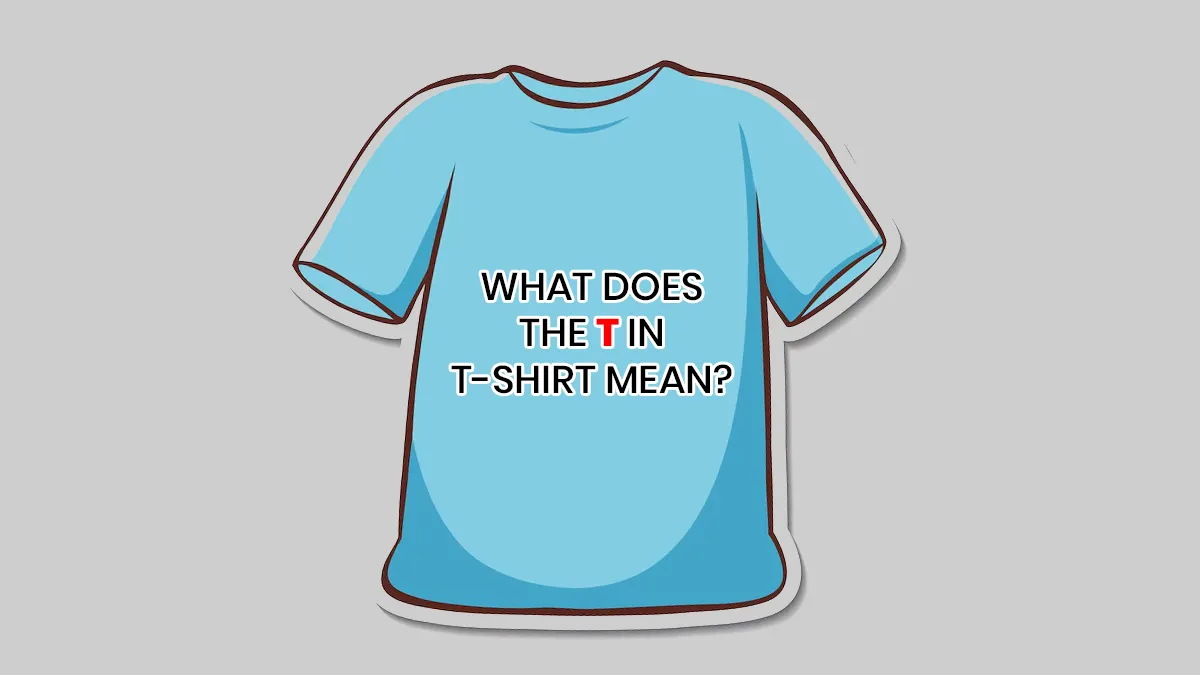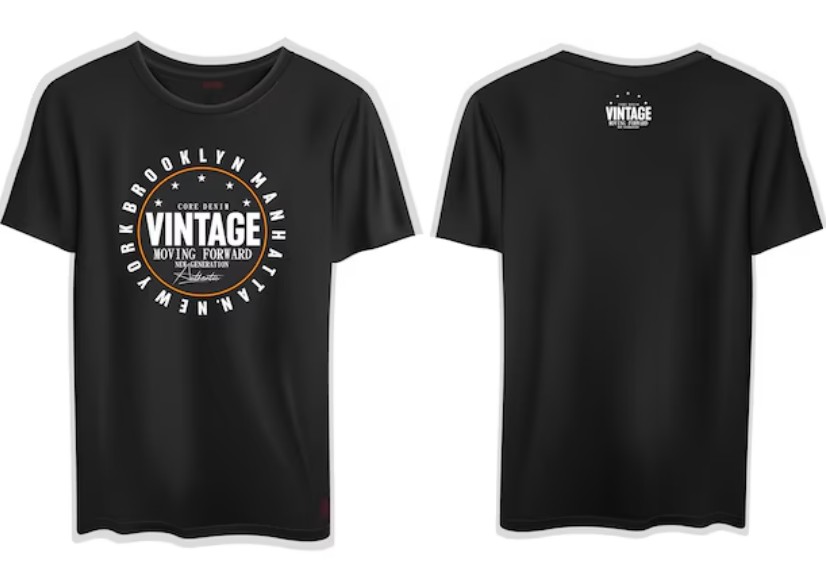
Almost everyone owns a T-shirt, but few pause to ask why it is called a T-shirt in the first place. What does the ‘T’ actually stand for? While many assume it relates to training or sportswear, the answer is far simpler and rooted in history.
The T-shirt’s story begins in the 19th century, when it was primarily used as an undergarment by sailors and military men. Its popularity grew in the early 20th century, and by the 1920s, the term ‘T-shirt’ appeared in dictionaries. Retail giants such as Sears Roebuck helped bring the garment into the mainstream.

The breakthrough came in the 1950s and 1960s, when Hollywood icons like Marlon Brando in A Streetcar Named Desire and James Dean in Rebel Without a Cause turned the plain white T-shirt into a symbol of cool rebellion. By then, it was no longer just underwear; it was outerwear with attitude.
The name is inspired by the shape of the garment. When laid flat, the short sleeves and straight body form the shape of the letter ‘T’. This simple explanation remains the most widely accepted origin of the term. According to fashion historians, the usage gained traction during World War II in the United States, when American soldiers popularised the shirt both at home and abroad.
While some theories link the ‘T’ to ‘training,’ particularly in military contexts, that is more of a secondary association. The shape theory continues to dominate.
Over the decades, the T-shirt transformed from a functional garment into a cultural canvas. In the 1970s, it became a medium for logos, slogans, and political statements. Different styles also emerged, crew necks, V-necks, and scoop necks, alongside new fabrics like polyester and jersey.
Today, T-shirts are available in several designs and price ranges, from affordable basics to high-end luxury pieces. Brands like Hanes and Fruit of the Loom pioneered mass production, while fashion houses continue to reimagine the T-shirt in their collections.

More than just clothing, T-shirts are now a global language of self-expression. They carry political messages, support social causes, showcase pop culture references, and even serve as collectable items.
From protest marches to concert arenas, T-shirts have represented identity, solidarity, and rebellion. Their ability to cross cultural and social boundaries has made them one of the most influential garments in modern fashion.
Don't Miss: 5 Morning Habits That Boost Career Performance: HZ Educate
Despite the common misconception, the ‘T’ does not primarily stand for training. While the military did use T-shirts extensively for drills and exercises, the actual origin is linked to the T-shape. Over time, the association with casual wear, sports, and comfort gave the garment additional meanings.

From being a sailor’s undergarment to becoming a symbol of youth, comfort, and freedom, the T-shirt has come a long way. Its enduring popularity lies in its versatility; dress it up, keep it casual, or use it as a statement piece.
The next time you pull out your favourite T-shirt, remember: the ‘T’ in its name isn’t just a letter, it’s a piece of fashion history.
Don't Miss: 7 Things My Narcissistic Mother-in-Law Does That Gives Me the Ick
Keep reading Herzindagi for more such stories.
Image Courtesy: Freepik
Also watch this video
Herzindagi video
Our aim is to provide accurate, safe and expert verified information through our articles and social media handles. The remedies, advice and tips mentioned here are for general information only. Please consult your expert before trying any kind of health, beauty, life hacks or astrology related tips. For any feedback or complaint, contact us at compliant_gro@jagrannewmedia.com.